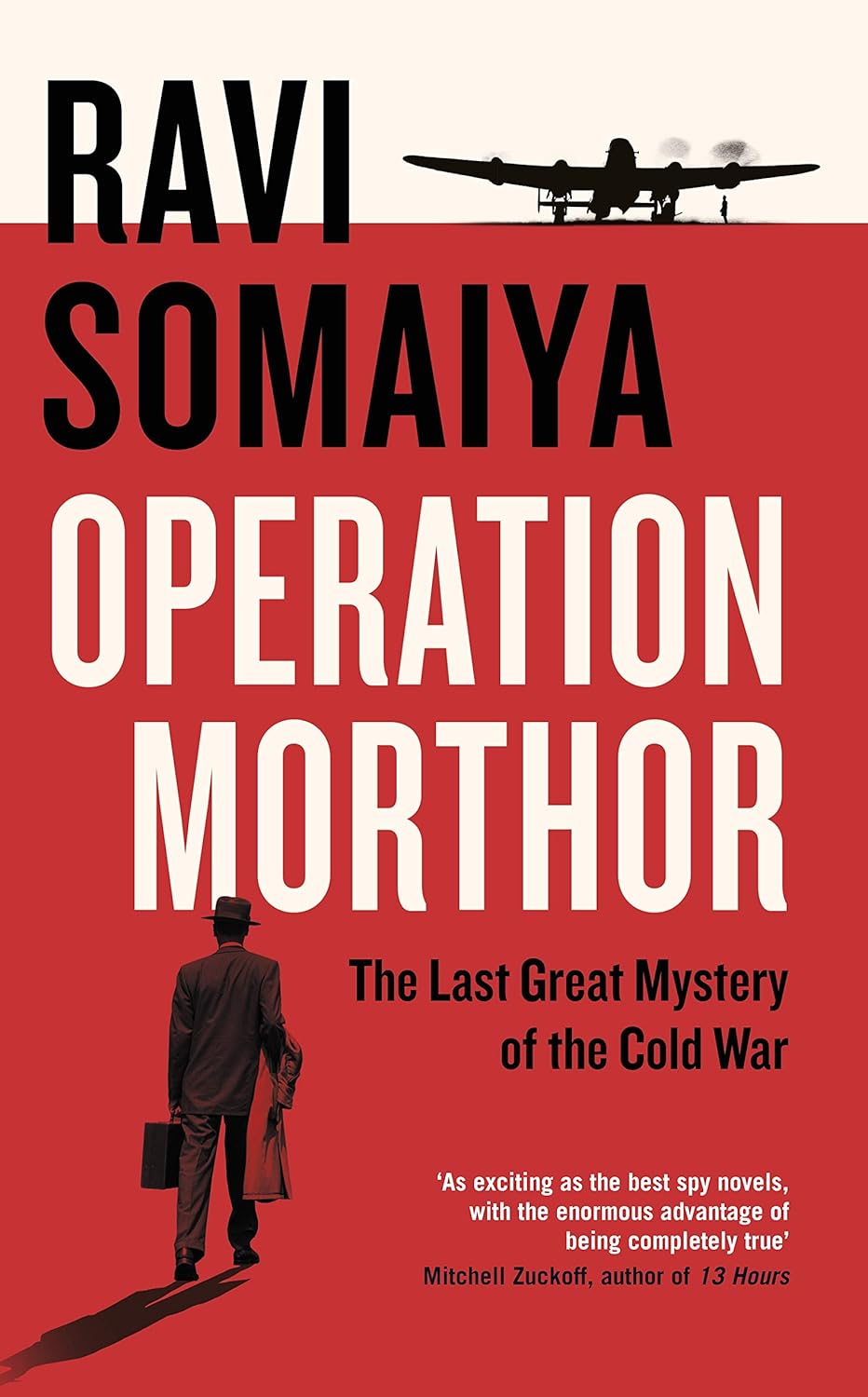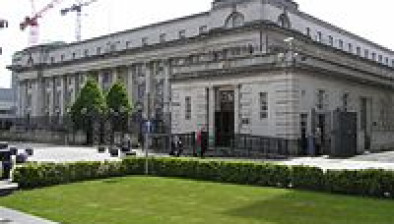Review: The Mysterious Death of Dag Hammarskjöld

Robert Shiels reviews Operation Morthor: The Last Great Mystery of the Cold War.
On 18 September 1961, a plane transporting Dag Hammarskjöld, then the secretary-general of the United Nations, flew across the Congo on a long route to avoid a vast area that had seceded from the main part of the country.
The fatal flight ended at Ndola in the Federation of Rhodesia and Nyasaland: the site of the crash was in the then Northern Rhodesia, now Zambia. There were British and international interests involved.
Hammarskjöld and everyone else on the plane died, although one survived for some hours, as a result of a crash during the approach to landing for a mediation meeting arising from the Congo crisis.
There were five possible explanations stated in the simplest way as to how the plane might have crashed: an accident, hijack, sabotage, ground attack, or aerial attack.
Astonishingly, even now, there is no settled version as to how so central a figure on the world’s political circuit might die so violent a death.
The nature of the crisis in the Congo was exceedingly complex. The removal of the Belgium control of the Congo as part of the decolonisation of the country left local politicians in central positions.
The struggle for control was exacerbated by the international interest in the unlimited natural resources, including the highest grade of uranium and cobalt (both needed for nuclear weapons).
The whole evidence of the complex events leading to the plane crash has never been collected centrally as it is to be found in government and company archives across the world.
The tense global politics of the Cold War era and the vast array of international financial interests meant that there is an endless number of inexplicable occurrences. Equally, to try to find an answer to the traditional question, “who benefits from the death?”, is impossible given the wide variety of governments and groups that could have done so, and many did.
There has been plenty of activity by journalists and academic researchers to try to find missing evidence that might have settled facts, and attributed responsibility, but at best the narrative is only nudged forward slightly.
Ravi Somaiya is not the first, not will he be the last, to explain the known story, which remains limited by the nature of the studied indifference of authorities everywhere.
The relaxed and informative style of this narrative study gives shape and insight to complex events in the context of geopolitics: readers need to know from the outset that this is a mystery with no real explanation.
Operation Morthor: The Last Great Mystery of the Cold War by Ravi Somaiya. Published by Viking, 290pp, £16.99.












